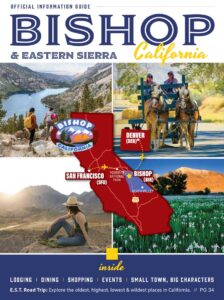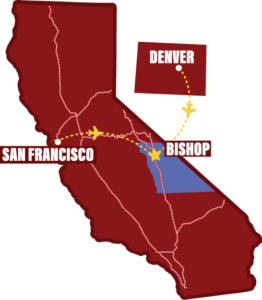4 Fabulous Photography Features
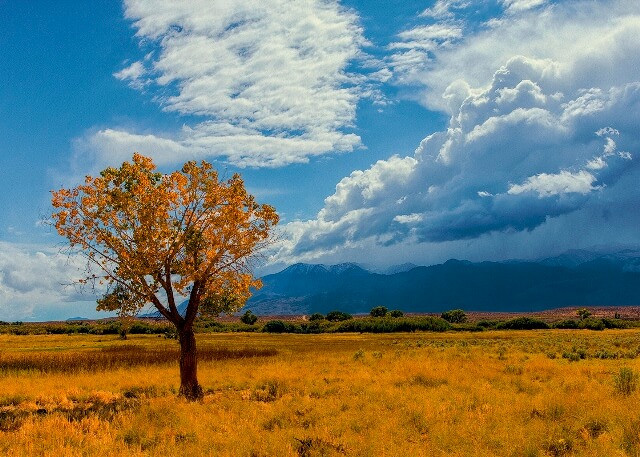
Photography is a passion for many in the Eastern Sierra
For those who live here or visit regularly photography is often a daily activity. Sometimes it’s just a momentary opportunity to snap a quick image. Other times it’s a commitment to time and place to capture a specific scene.
First time visitors are, almost without fail, thoroughly awestruck by the grandeur of this landscape. Cameras and smartphones are ubiquitous in the hands of tourists and frequently pointed toward the peaks of the Sierra Nevada. It stands to reason then that this beautiful region is one of the most photographed in California.
Sunrise and sunset are favorite times of day to photograph the changing colors on the mountain ridges, in a sky of clouds, and in reflective pools. Winter offers stunning snow capped peaks, spring brings a pastel bloom of wildflowers, summer is green and leafy, and fall delivers a riotous tumble of color alongside creeks and down ravines. These seasonal changes present many variations in the natural light and a range of different colors in the flora.
But wait there’s more …
“Really!” I hear you exclaim.
Besides the frequently photographed landscape scenes here, there are people, places, animals and things that provide inexhaustible and fascinating subject matter.
People
Of the many things that folks do out here, most and perhaps all of these lend themselves to photography. Rock climbers on the boulders in Buttermilk Country are strong and athletic and create wonderful figure studies in contrast to the stark rock. Cyclists and runners give movement and speed to images and paraglider pilots capture the human desire for flight. The elegance of fly-fishing is sublime and the delight on a child’s face when s/he catches a big one is a moment of pure unadulterated joy.
Annual events bring people from all walks of life to Bishop to celebrate music, culture and competition. The Millpond Music festival in September is a lively weekend filled with music and unabashed dancing. The California High School State Rodeo finals and Mule Days are highly competitive events in which women, men, girls and boys pit their talents in a variety of equestrian disciplines against each other. The result is a tremendous display of human and animal skills.
Also in September the Bishop Paiute Tribe holds an annual Pow Wow and parade during the California Native American Day Celebration. It is a colorful and joyous event to honor and observe deep-rooted cultures and traditions.
There are festivals and parades, running and cycling races, climbing events, fishing contests, and holiday festivities. These are always enjoyed by all and captured by most for posterity, but an accomplished photographer will create art worthy of framing.
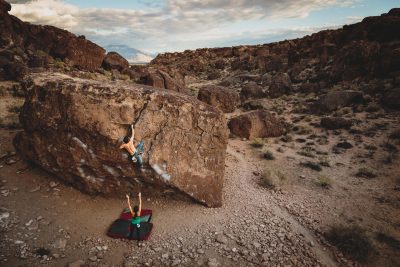
Places
Naturally this landscape is the quintessential place where inspiration is everywhere one looks, but certain places offer just a little something else for the photographer with a designer’s eye.
Bishop Main Street has a wonderful old-fashioned look to it that harks back to a forgotten era. The original old buildings and storefront facades are reminiscent of the frontier heritage on which this town was built. A favorite time of mine is dusk when the fading light is soft and the streetlights shine like jewels.
The waterways around Bishop, while unassuming and seemingly insignificant, are a vital resource of the area. This land has long been a battleground on which conflict has raged (in the courts and on paper) for the rights and access to water. Reservoirs and canals, ponds and wells are carefully designed to store, transport and share this life giving resource. These manmade structures are geometric juxtapositions in this overwhelmingly natural environment that afford excellent studies in composition and contradiction.
One such body of water is Crowley Lake where an exceptional set of circumstances resulted from this artificially created reservoir. The Crowley columns are a fascinating and unique natural feature that was obscured for millions of years under the earth. The pillars were slowly unmasked by the powerful waves of the lake pummeling the softer rock of the cliffs. Now as the lake level has receded due to the recent drought these stone oddities stand high above the waters edge.
Access requires a high clearance 4×4 vehicle to a nearby beach, or a good hike or bike ride along the dirt tracks of the overlooking ridge with a scramble down the sloping hillside. It can of course be accessed by boat. Tread lightly and take only photographs!
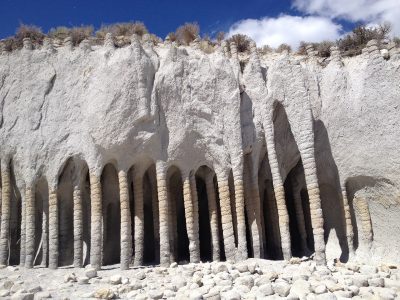
Animals
Wild and domesticated creatures are in abundance in the fields and forests around Bishop. You just need to know when and where to look. This is a dog’s paradise and at just about any time of day along any canal and footpath you’ll find a dog and it’s owner out enjoying the great outdoors. Horses, cattle, mules, donkeys, goats and chickens feed and frolic (do chickens frolic?) in pastures and barnyards.
In late fall the mule deer descend from the mountains to feed on the tender shoots of the bitterbrush and sagebrush that is abundant in Buttermilk country. As they do so do the mountain lions, and travelers are cautioned not to let children wander off too far alone. Sightings of these big cats, which biologists call Puma concolor – literally ‘cat of one color’, are rare and no attack has ever been recorded in the region.
Twilight heralds the emergence of the crepuscular and nocturnal fauna. Coyote calls can be heard from miles away and packs will begin their evening work of looking for a meal. Bobcat and ring-tailed cats, both residents of The Great Basin desert, are a rare sighting, but skunks and racoon are often seen frequenting the outskirts of developed areas. Marmots, jackrabbits and the kangaroo mouse make their lives here and populations grow and decline with changes in climate and ecological balance.
Birds are numerous. Large birds, small birds, colorful birds, and songbirds, birds of prey, fishing birds and waterfowl inhabit this landscape from the rivers and sagebrush to the mountain summits. An excellent reference for bird identification is the Sibley eGuide to Birds app. This is the digital version of the acclaimed printed publication. It holds “over 6600 images, every word of text, 800 range maps – along with the songs and calls of nearly every species… and all in your pocket!” as per the publisher. I find it invaluable in this big backyard we call home.
This topic would not be complete without the mention of bears! The black bear population in California has increased in the last 25 years and is now conservatively estimated at between 25,000 and 30,000. While bear populations are less dense in the extensive Sierra Nevada region (from Plumas county to Kern county) these mountains do provide habitat for 40% of the statewide black bear population.
Black bears are largely docile animals and feed principally on nuts, berries and insects in summer. They are omnivorous and opportunistic and will consume anything that seems edible. Reports have indicated that they will catch and eat young fawn. They become easily habituated to human presence and are attracted to garbage, pet food, and can sniff out trail food from a good distance away.
The U.S. Forest Service and two large National Parks administer over two-thirds of the bear habitat within this region. Be sure to get the necessary permits and bear canisters when hiking and camping in the region.
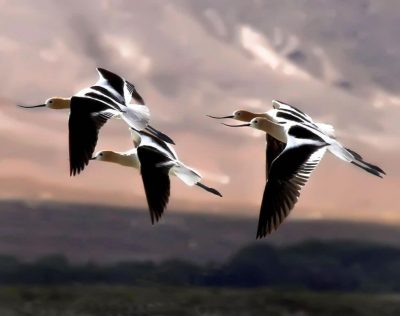
Things
Relics of the past pepper this landscape with unusual clusters of weathered debris and dilapidated old structures. The patina that time has produced on the many bits of rusted steel and old wood at these abandoned mines, all but forgotten barns, and old grain silos is an opportunity for exquisite close ups. These old structures also offer beautiful studies in contrast with bright beams of sunlight penetrating through cracks into darkened interiors.
The one ‘thing’ that has captured the human imagination from time immemorial is The Milky Way. The night sky has been a source of wonder for eons and out here it is still incredibly wonderful to behold. The clear air and lack of light pollution make way for unimpeded visibility of the stars.
On a night when the Moon is new a canopy of bright stars sparkles in the night sky like a never-ending display of brilliant fireworks. The ribbon of The Milky Way is as obvious here today as it was when Galileo first focused his rudimentary telescope at this phenomenon in 1610 and discovered that it was made up of stars.
In so many parts of the world where this spectacle can no longer be seen there are countless children and adults too who have never set eyes on it. This is something that all people should witness and contemplate. It is our history and our future.
Full moon nights are equally spectacular, especially in winter when white snow capped mountains reflect the moon glow. Local outdoor and adventure groups frequently host full moon hikes, bike rides, cross-country ski and snowshoeing tours in winter and summer. If you’re after some company and the opportunity to photograph people in action in settings that will take your breath away, take advantage of these events.
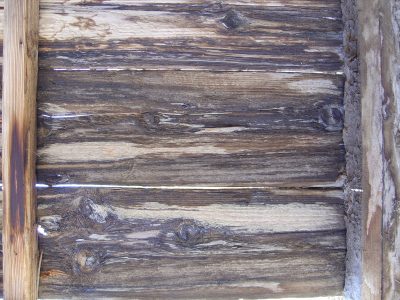
When and Where
There are more opportunities for photography than can be listed here. Every season has something to offer and as so many Bishop and Eastern Sierra residents say, “There is a lifetime of exploration here.”
Pop in to the Bishop and US Forest Service visitor centers, go to the galleries and the Inyo Council for the Arts, talk to the staff and docents at local museums and events offices, chat with customer service folks at local stores, and by all means just stop and ask a local resident.
We are crazy in love with our town and its surroundings and will tell you stories about it and give you directions to all manner of wonderful things to see and photograph. We just ask that you please respect the privacy of individuals and private property, keep our public lands clean and undisturbed, and please, please never feed wild animals.
We’d love it if you shared your photographs to our Facebook page too!
Written by:
Gigi de Jong
Gigi is “crazy mad in love with Bishop.” Since moving here in 2006 she has made it her mission to participate in as many of the outdoor activities as possible. She learned to snowboard, improved upon her very average climbing skills, took long hikes, has driven up and down innumerable mountain roads and 4x4 tracks, cycled and occasionally tumbled down mountain bike trails, taken to the roads on a bicycle or motorcycle – sometimes for fun and sometimes to commute, and successfully completed her first attempt at a triathlon. She spent 10 months touring the western US and Canada on a bicycle and after 4,000 plus miles returned to Bishop – for the beauty of the place and the spirit of the community. “My soul belongs here,” she says.
